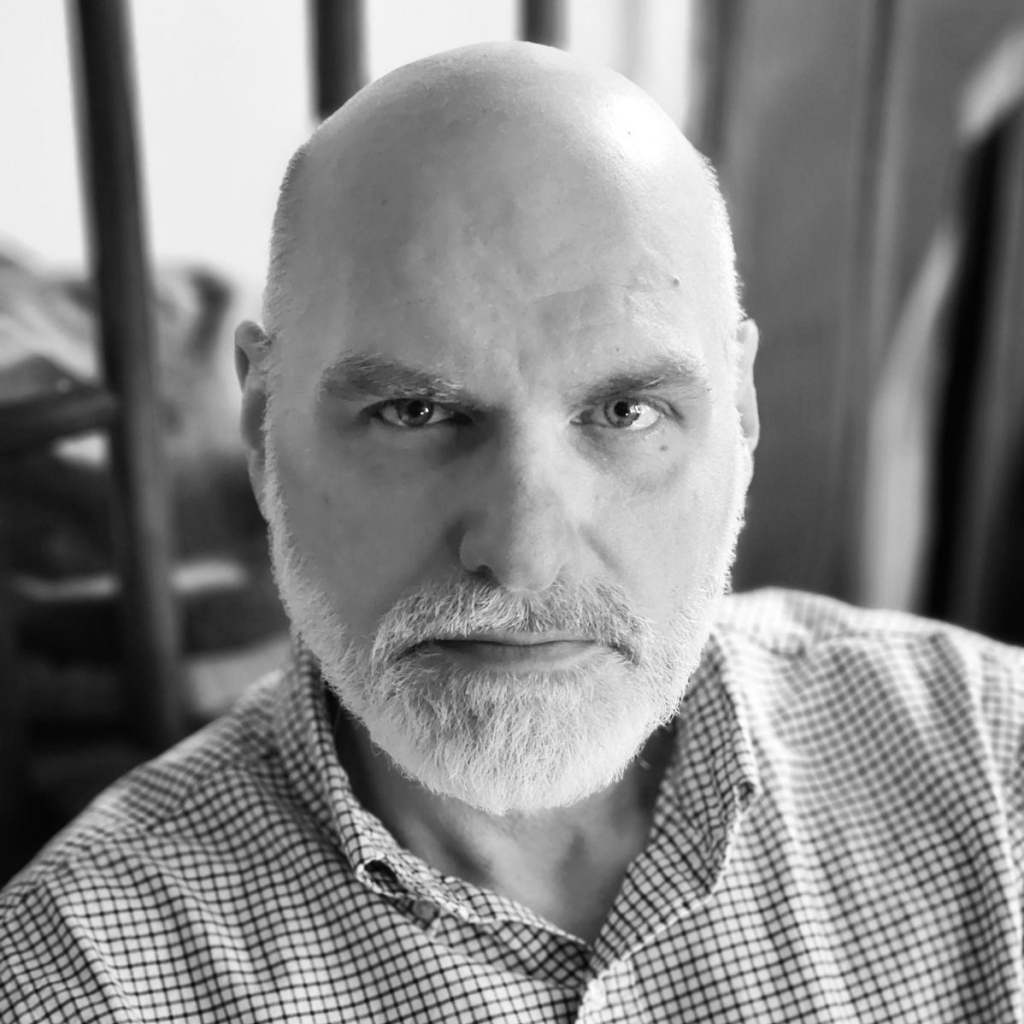When illusion spin her net
– Peter Gabriel
I’m never where I want to be
One of the marketing courses I have taught over the years is Consumer Behavior — an overview of the psychological and social factors that influence how and why we buy. In that course, we talk about how everything starts with the problem recognition stage. That’s the point when we compare the actual state of affairs in which we find ourselves with our ideal state. If the gap between the two is sufficiently wide, we recognize that we have a problem that needs to be solved. In short, if I’d like to look like Jason Momoa, but what I see in the mirror is closer to Jason Alexander, I have a problem.
Needless to say, marketers are good at framing their offerings as the solutions to any number of problems. It’s also in their best interests to widen the gap between a consumer’s actual and ideal states. They can accomplish that by making us feel worse about where we currently stand and/or prompting us to aspire to more ambitious ideal states. The cynical way to look at it is that happy people aren’t as commercially lucrative as those who constantly believe something is missing from their lives, especially if you can convince the latter into believing that the empty space can be filled with a purchase.

That’s not to say that modern consumer marketing or even capitalism in general created the human tendency to look for easy, external sources of gratification to ease internal distress, but they have certainly poured gasoline on that particular fire over the decades. Sticking with that metaphor, the introduction of social media and the increase of people living life through their phones has been like dropping napalm on that fire.
If the concept of “retail therapy” had people believing that happiness was just a trip to the mall away, in the online realm, we have now been trained to think that there’s something better waiting for us behind every clickable link. If only we keep scrolling through our social media feeds, we’ll find what we’re looking for…even if (especially if) we have no idea of what that something might be. If the pot of gold at the end of the rainbow turns out to be a well-past-its-sell-by-date Baby Yoda meme that we can share and get a few likes out of, well…that’s something, I guess.
Of course, it never works out the way we hope. We buy the item, eat the food, drink the drink, or share the meme, and we experience a brief moment of satisfaction before that empty feeling creeps in again and we’re chasing something else — or chasing the same thing again, more desperately. At best, we find ourselves on a hedonic treadmill. In darker scenarios, we may be on the path to some form of addiction or pattern of compulsive behavior.
I mention all that as a preface to describing my own efforts to live more in the present moment. In my last post, I wrote about how my relationship with the past has evolved. That’s all well and good, but the real trick, I think, is to have a healthy relationship with the present. Until recently, I don’t think I ever did.
Like a lot of modern Americans, I spent my life thinking that things could always be better. The present moment was never as good as the past or what might be waiting in the future. Real life was never as interesting as television or, later on, online entertainment. And when something good was happening in real time, it could always be improved by recording the moment and posting it on social media, like the head of a game animal to be stuffed, mounted, and hung as a trophy over the fireplace. No matter how desirable the actual state was, it could never quite catch up with the moving goalposts of the ideal state.
I can’t say that I am entirely over the tendency to look for happiness from elusive outside sources, but I’ve been working on it. At least I know that such searches are a fool’s errand, and as famed psychotherapist Carl Jung once said, “Knowing is half the battle!” (Or maybe that was from the 1980s G.I. Joe animated series. I’m not entirely sure.) I also can’t say that my efforts to be more present are following a well-thought-out blueprint. Mostly, I’ve cut back drastically on social media and screen time. I’ve also been working a lot, which has made me more appreciative of the limited free time I do have.
Actually, if there is any underlying idea to how I’ve been trying to live these days, it probably does come down to being more appreciative. Of everything. I’m old. I’ve lost loved ones. I’ve had health scares. I lived through COVID. I’ve seen the world change a lot in my lifetime. Because of all those factors, I don’t take much for granted anymore. “Nothing is forever” is a truism I used to know in theory, but nowadays, I know it in my bones.
I didn’t intend for this to be a Thanksgiving-themed post, but since I wound up here, and am writing this just days before the holiday, let’s call it that. Living in the moment might be as simple as reminding yourself to be thankful for that moment. Even if there’s more to it than that, it seems like a good start.

Leave a comment